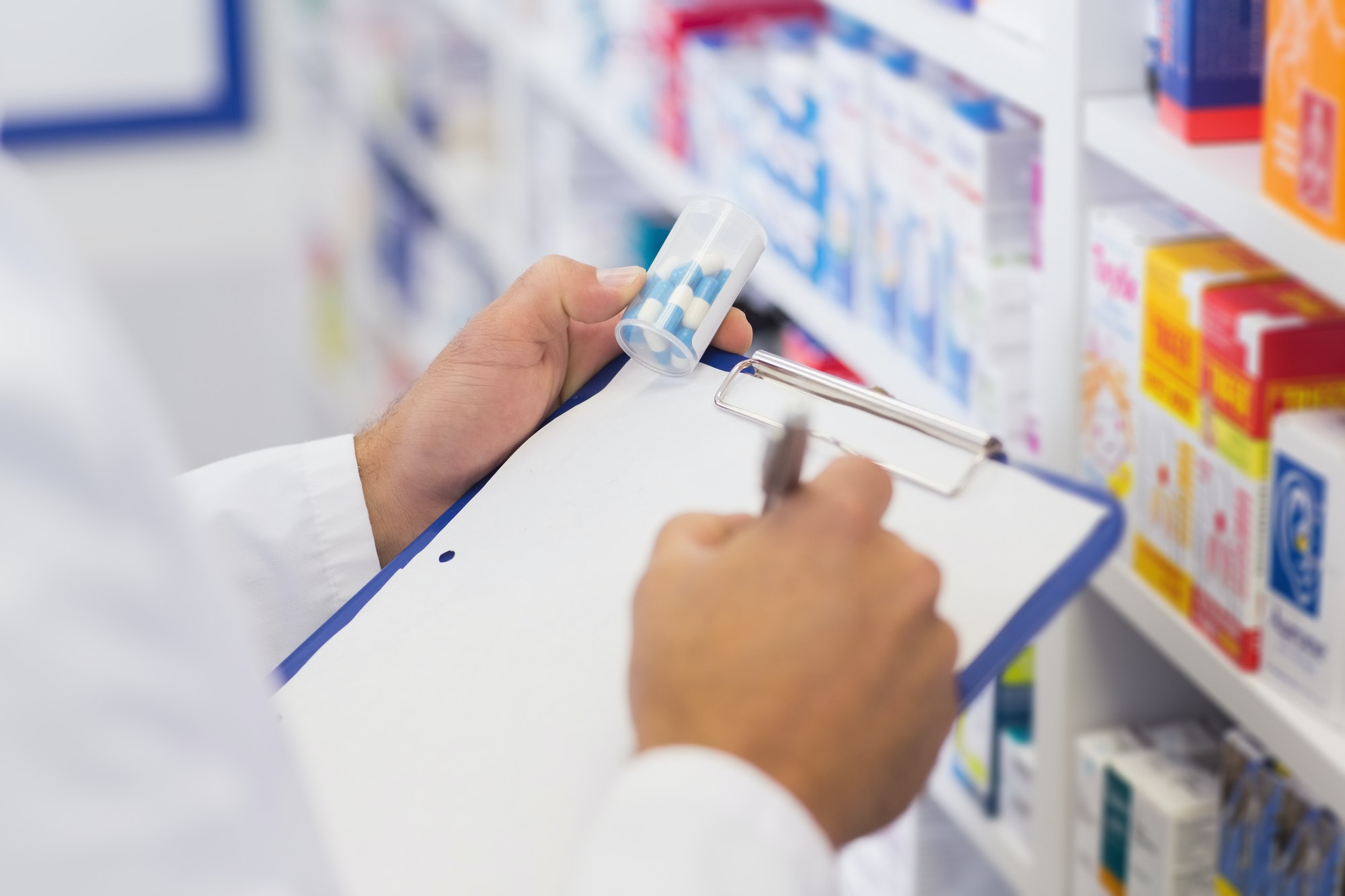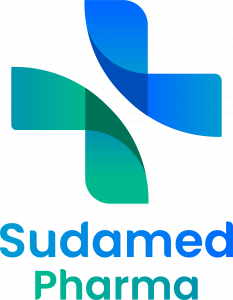Generic Medicine

Generic medicines have same bioavailability as originator brands
A generic medicine contains the same active substance as an originator pharmaceutical brand. Because it acts in the same way in the human body, it is interchangeable with the originator product. Generic medicines are launched when the originator product’s patent has expired.
In the EU a generic medicine is identified either by a company name plus its International Non-proprietary Name (INN), or by its own invented brand name. Generic medicines are increasingly used by general practitioners, specialists, and hospitals as equally effective alternatives to higher-priced originator pharmaceuticals.
Generic medicines contain the same active ingredients as originator pharmaceuticals and act in the same way on patients. Equivalent generic medicines may contain different non-active ingredients (such as colourings, starches, sugars, etc) and they may differ in size, colour or shape, but none of these have any impact on the therapeutic effect, i.e., the way they work in the patient’s body.
In some cases, the active ingredient in generics and originators may also differ in salts and esters. And just as when originators modify the non-active ingredients, salts or esters in their products, these differences must not affect the therapeutic equivalence between the different products.



